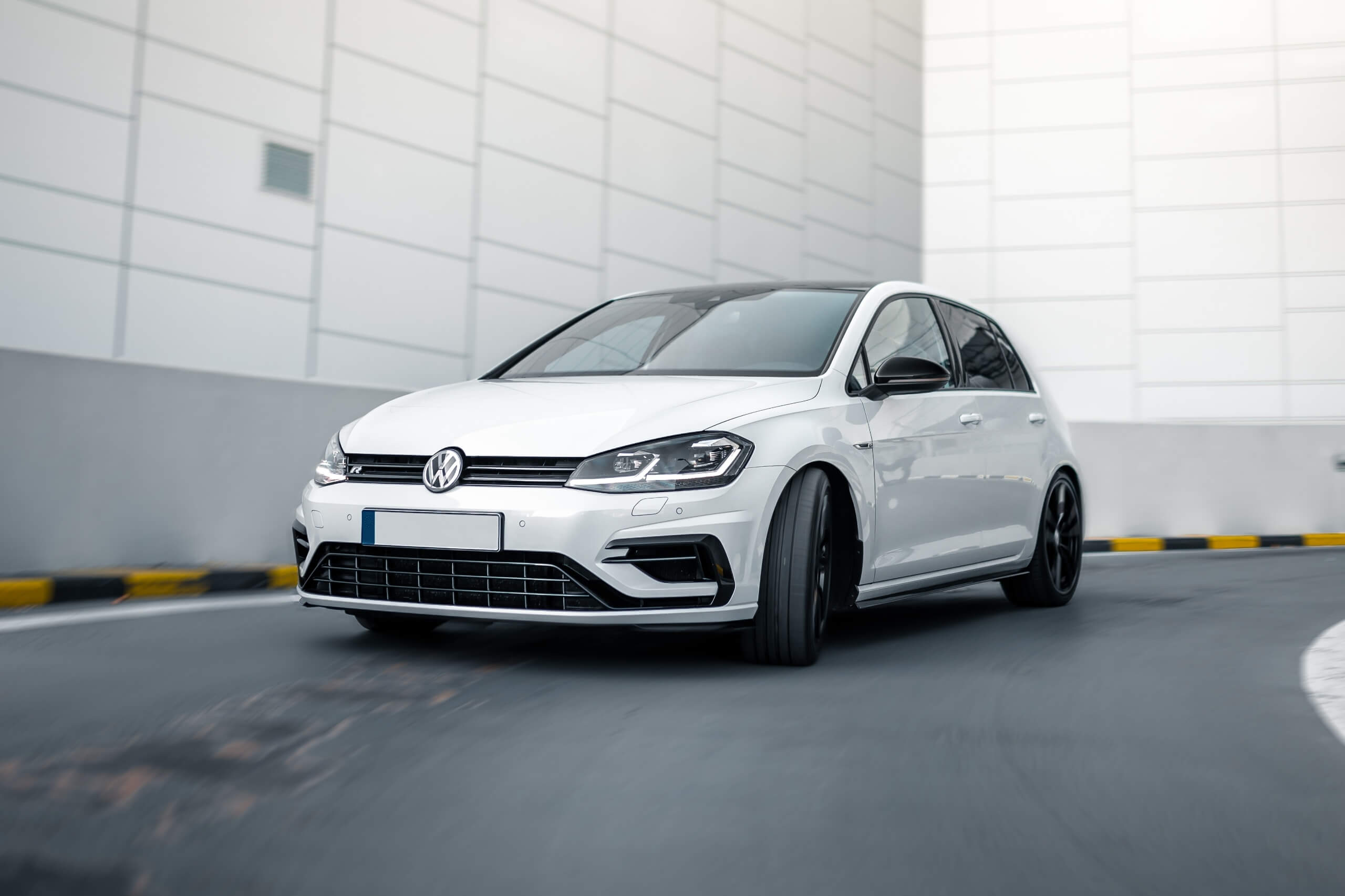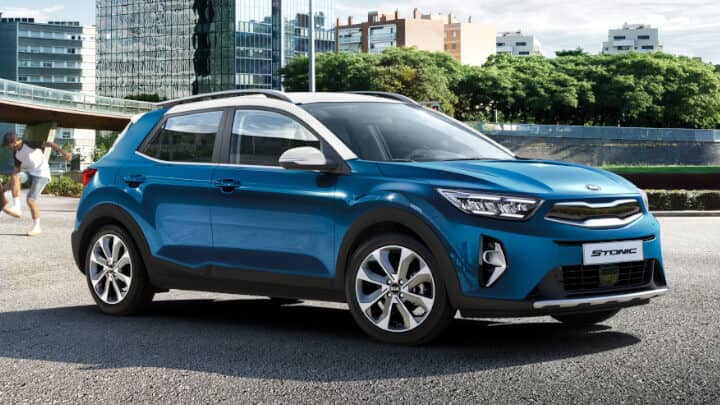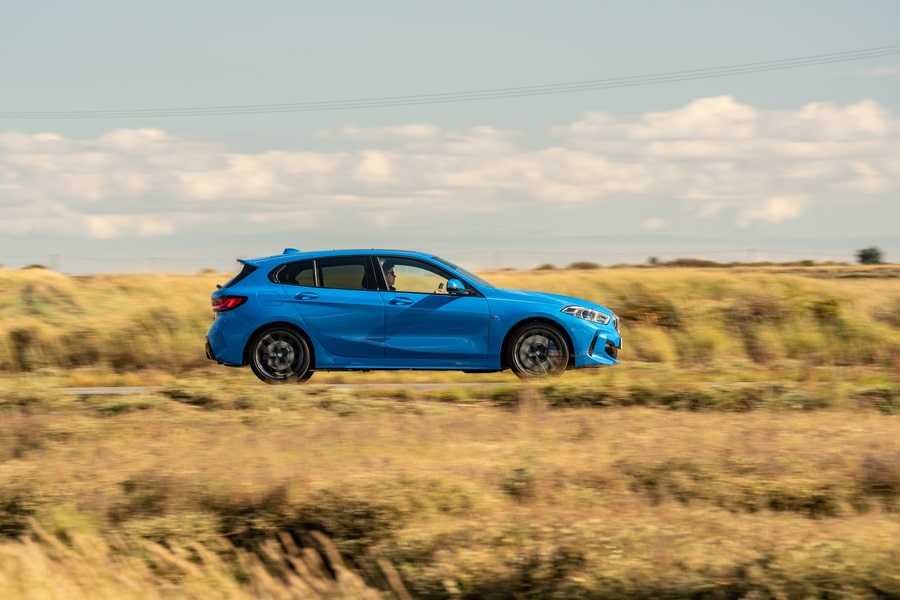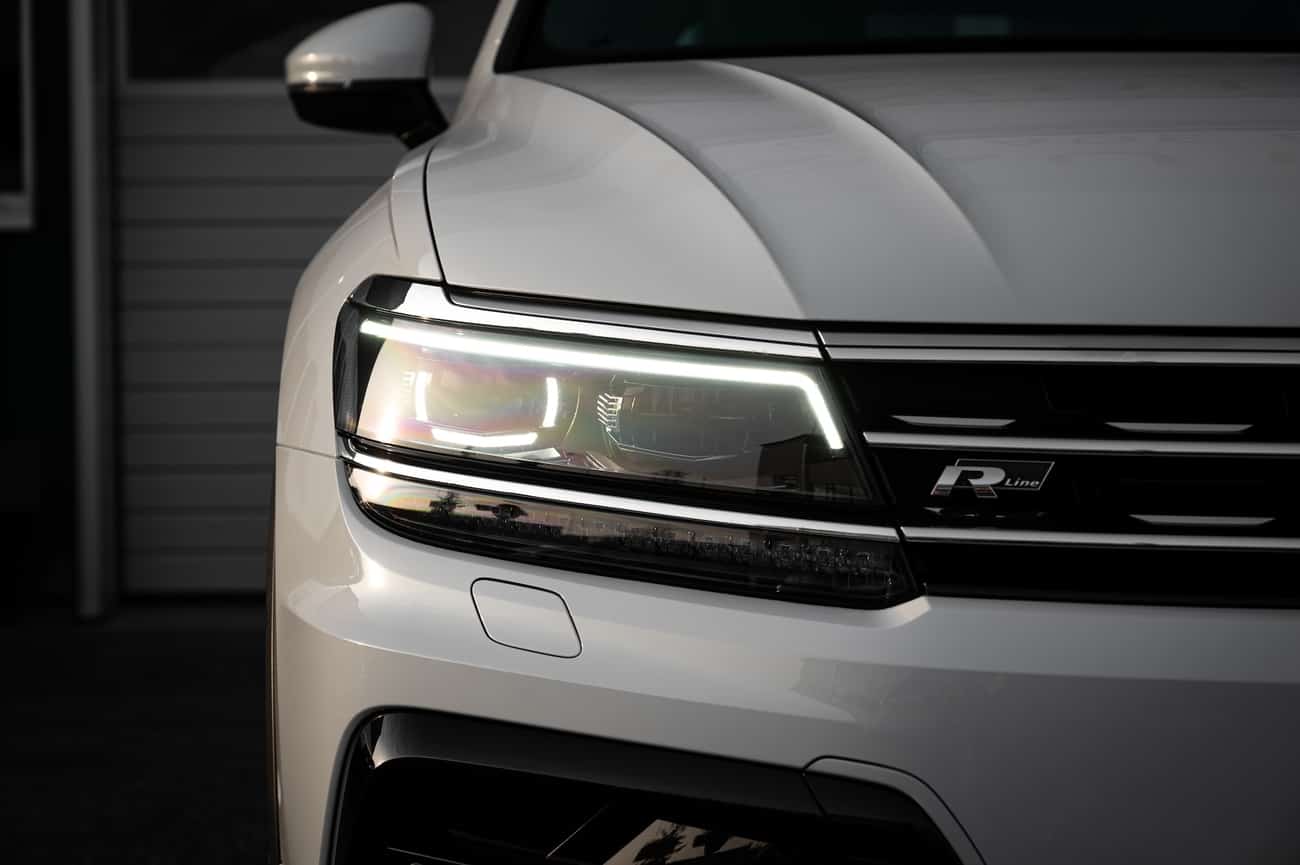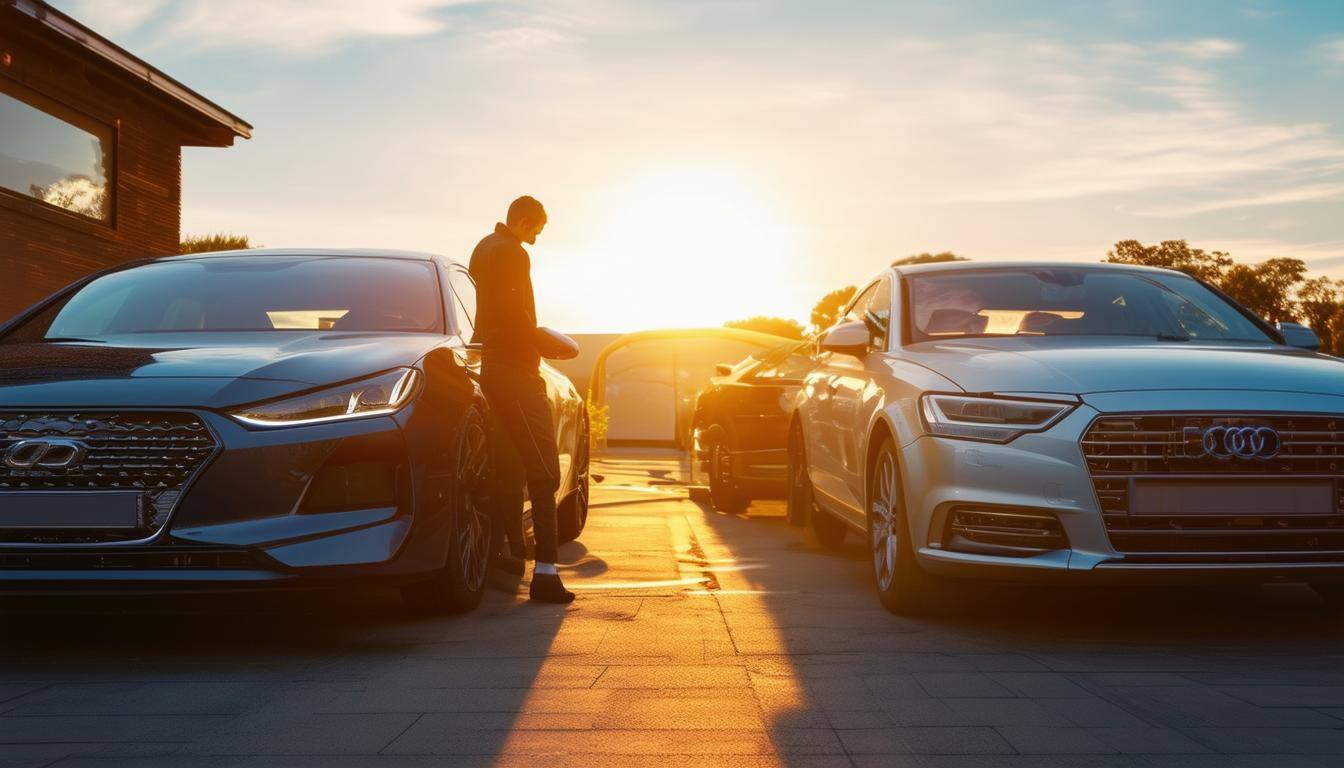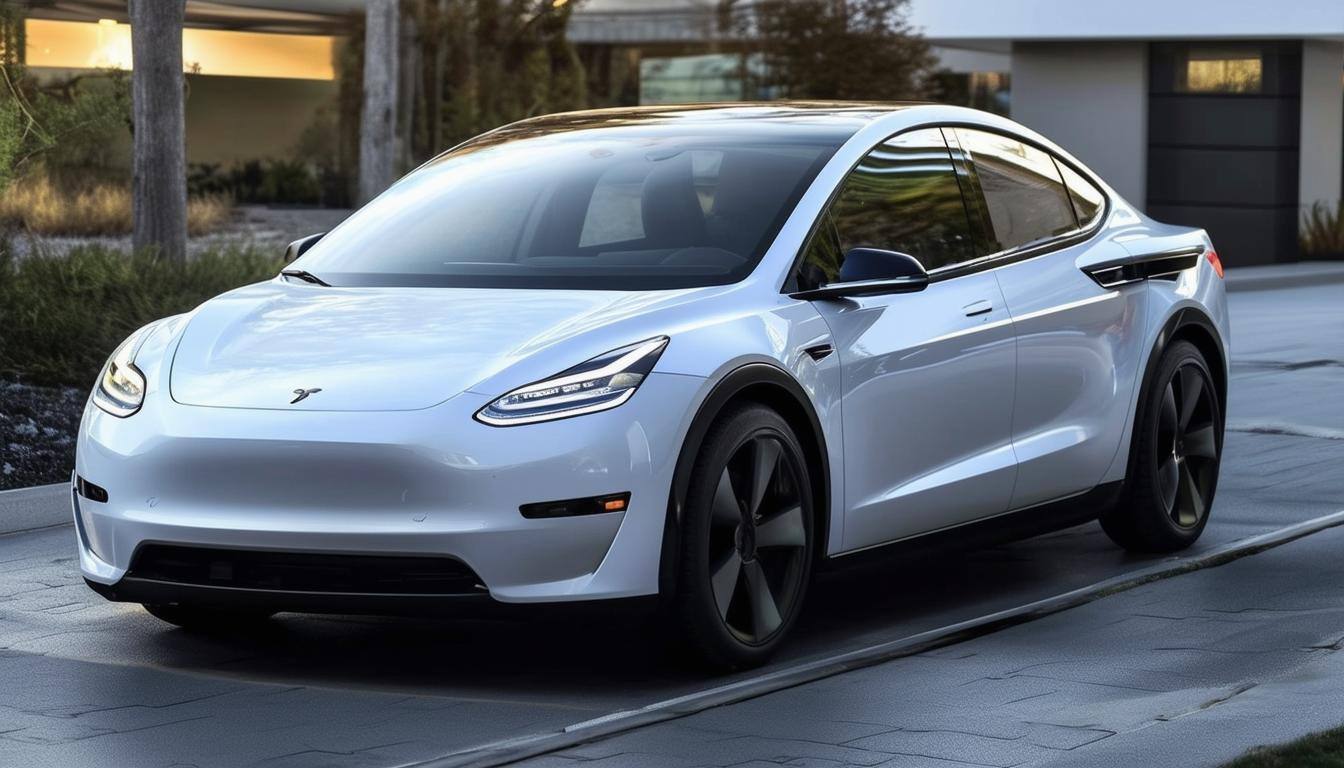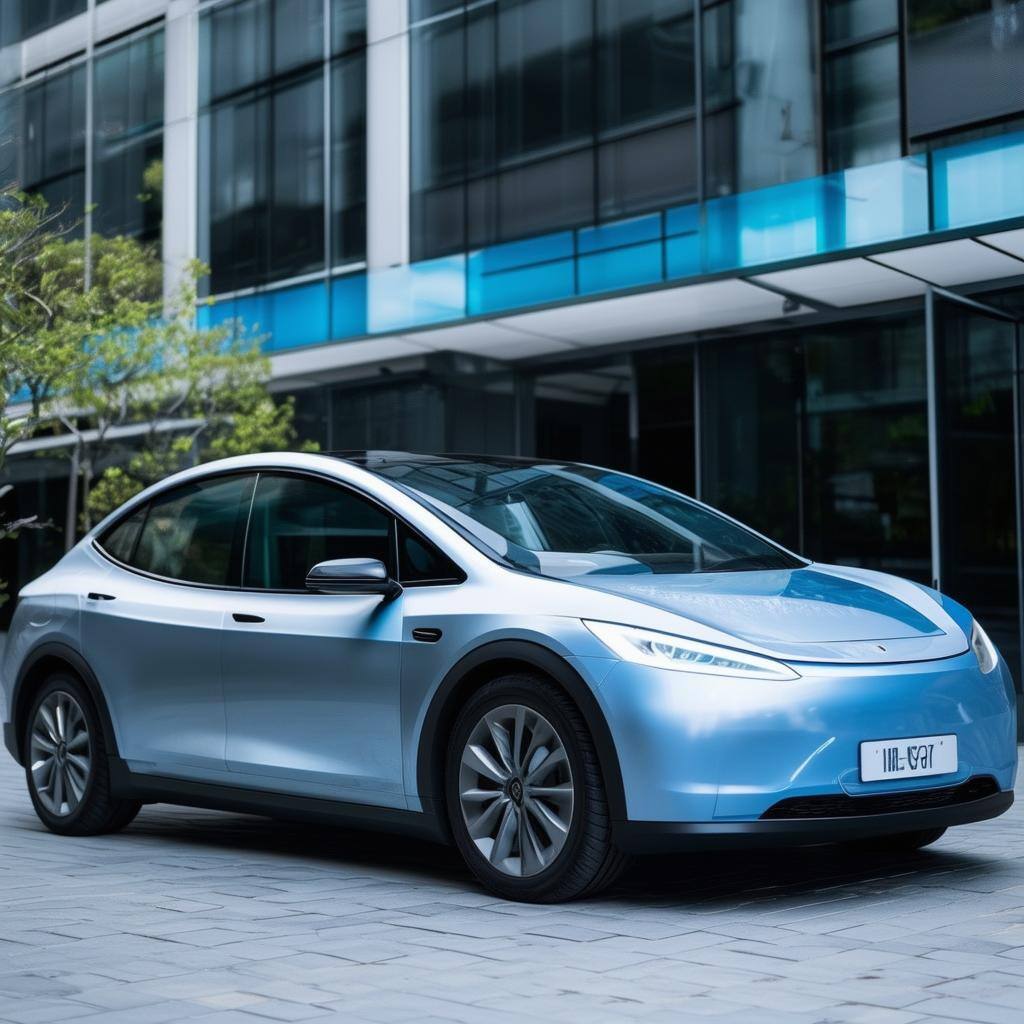In this guide, we will walk you through the process of swapping or exchanging your...
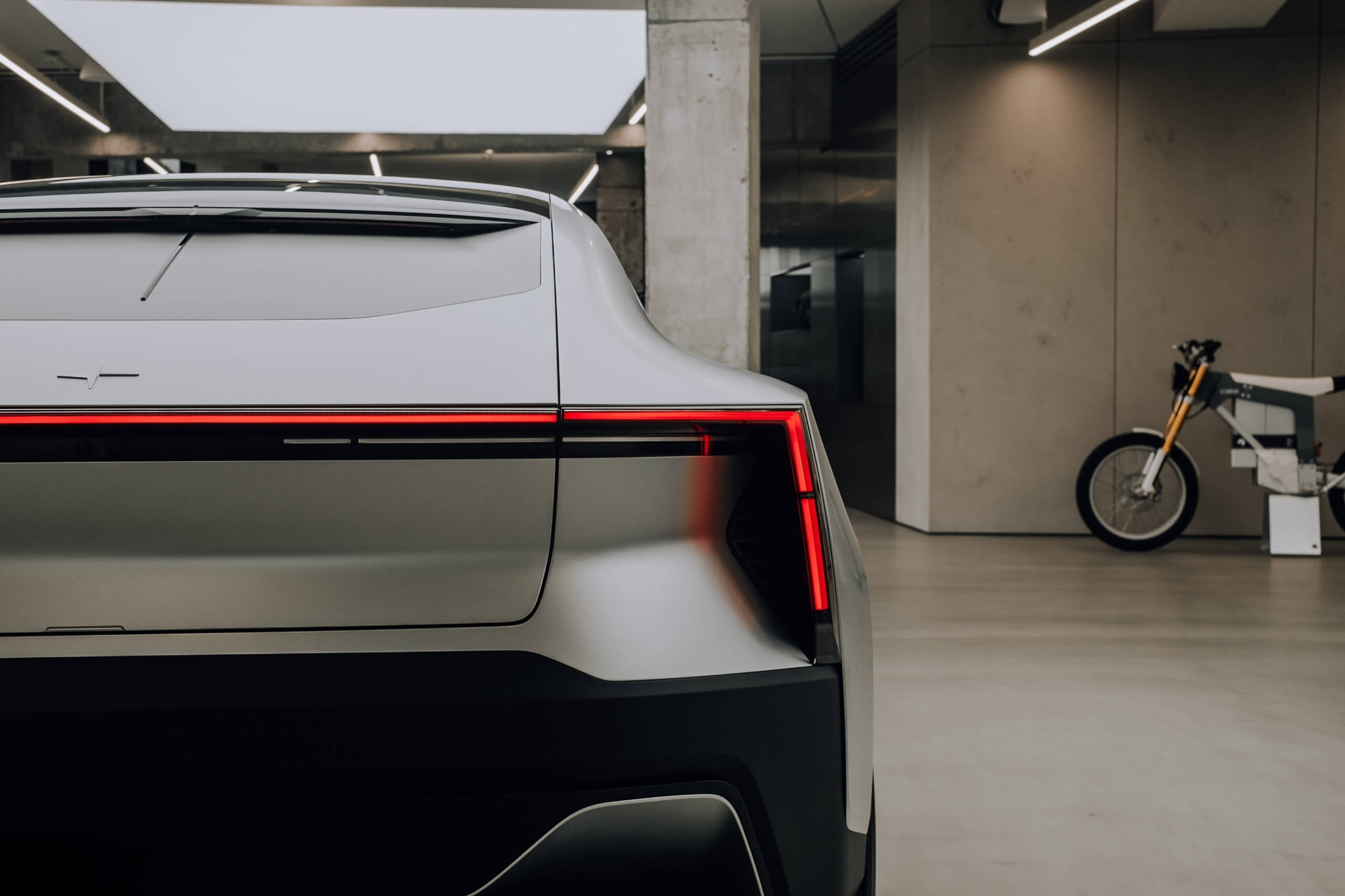
How to Charge Your Electric Vehicle | A Wagonex Guide
It might be the perfect time to learn how to charge an EV, and that's what you'll be learning in our blog. You'll be cruising on the m4 with your new eco-friendly in no time.
From the 1st of January 2030 you won’t be able to buy a new car powered by petrol or diesel. The UK government has banned them. Hybrids get a stay of execution until 2035.
When it comes to charging your electric car you have various options. There are three different types of chargers. Rapid, fast and slow. They allow you to charge at home, when you’re out and about, and even when you’re in a hurry.
Home charging explained
The slowest charger is the most convenient. Why? Because you can charge your car when you're kicking back, and relaxing at home. Plug your cable into a standard 3-pin socket and plug the other end into your car. It’s as easy as that…but it’s painfully slow.
A Jaguar iPACE takes 30 hours to charge when you home charge it, but it's convenient to have essentially a petrol pump on your doorstep, so you can't have cheap fuel, convenience AND a fast charge..at least not yet anyway.
The next most convenient method is via a Wallbox. This is a charger you have installed at home (or work) and provides a higher power charge. The Jaguar iPACE will now take 13 hours.
Let's say you head home from work and arrive at around 6:30 PM, then you head to work the next day at 8:30 AM, you'll have a full charge before you leave for your morning commute. It will be a bit of a learning curve but once you start charging at home, you'll love how easy it is.
Public charging explained
What about if you’re on the road and need a charge?
Public charging is perfect for get a little top up whenever you're in a busy urban area, where you can expect a decent amount of traffic.
Don't rely on a public chargers to save you from a long journey, but if you find yourself in the locale of a public charger it's a great way to get your smaller hatchback, like Renault Zoe, or VW e-up! to get you home without a sweat.
Public chargers are slower because they have much lower power output than you can find in a rapid charger.
Where can you find Public Chargers?
You’ll spot charging stations at motorway service areas, supermarkets, park & ride areas, railway stations, multi-storey car parks, shopping arcades etc. Don’t be confused by the company names who’re providing the charging station. You’ll spot names such as Pod Point, Zero, Ecotricity, Instavolt, etc. They do the same thing….charge your car’s battery.
Want to find an app for locating charging stations? Click here.
Rapid chargers explained
Finally we have an increasing number of rapid chargers. These can give your car an 80% charge in around 25 minutes…..some of the latest cars can reach 80% in 15 minutes but for this fast charge expect to pay more than you would for a public, or home charger.
Where can you find Rapid Chargers?
Rapid chargers are used for drivers on long journeys over motorways that might need a charge to get to their destination, rapid chargers are scattered all over the motorway, mostly at service stations but you can expect more charging stations to be built to cope with more EVs on the road.
If you drive a Tesla, or a brand that is supported by Tesla's super charger network you have access to the largest network of rapid chargers, at the moment they're the best chargers on the market.
Get ahead of the game. 2030 will be here before you know it.
Here's some content about electric cars:
- Electric Car Tax Guide
- Essential Electric Car Guide
- What happens if your battery goes to 0% charge?
- Comparing the running costs of petrol and electric cars.
Follow @DriveWagonex on Twitter or find Wagonex on Facebook.
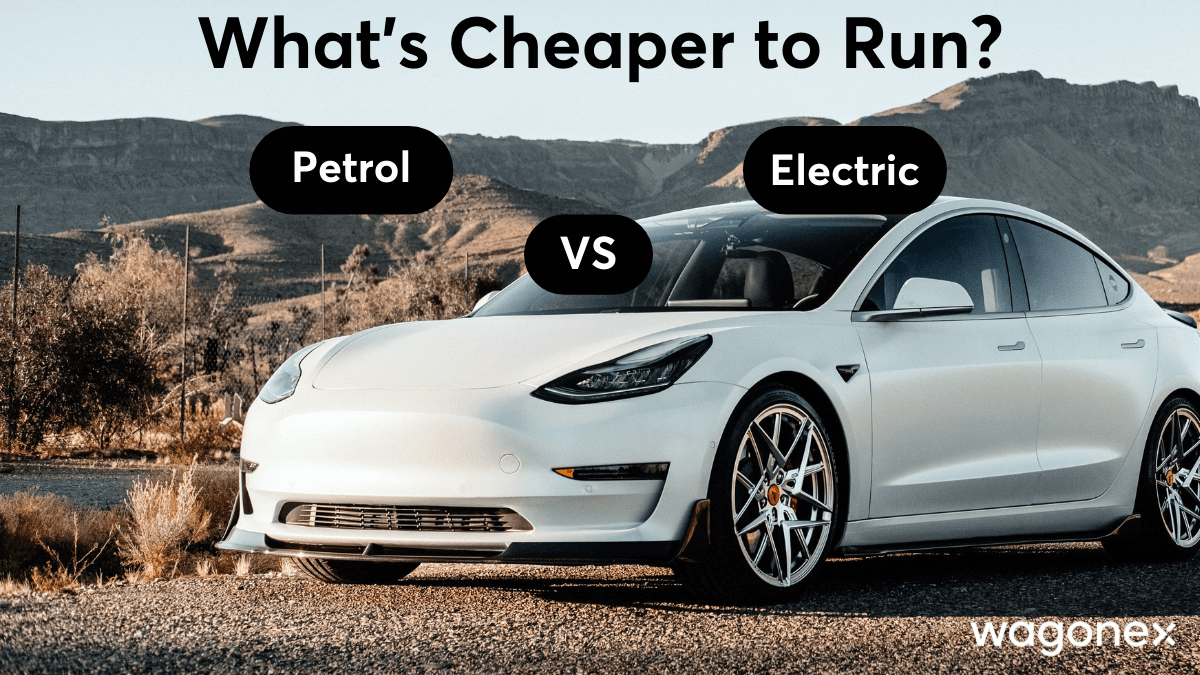
Seat Leon Review | A Comprehensive Car Review by Wagonex
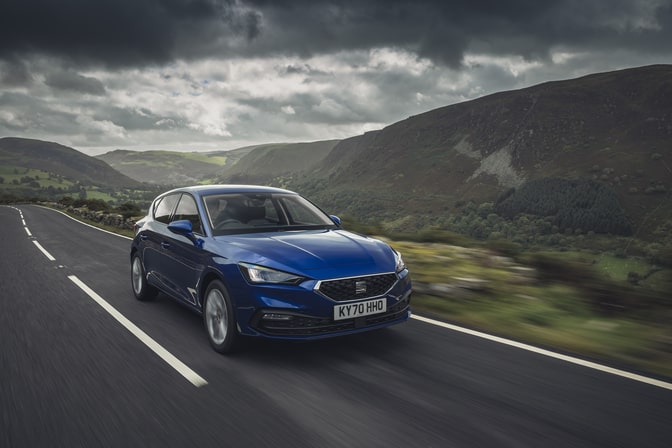
.png?width=552&height=107&name=Image%202%20(2).png)
